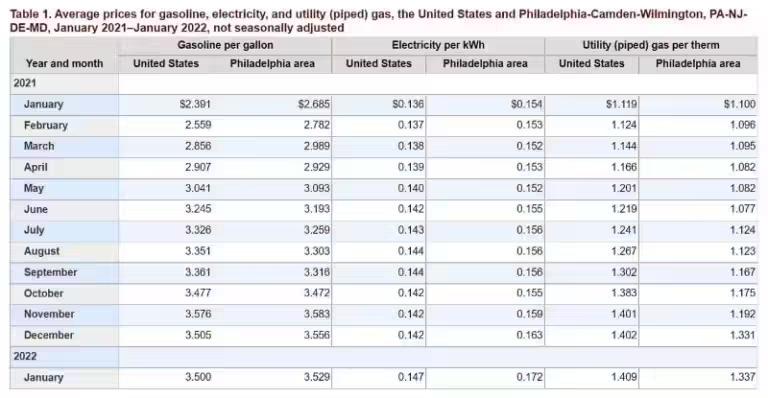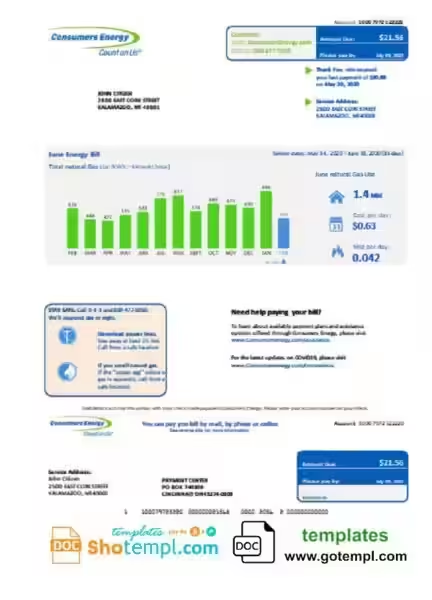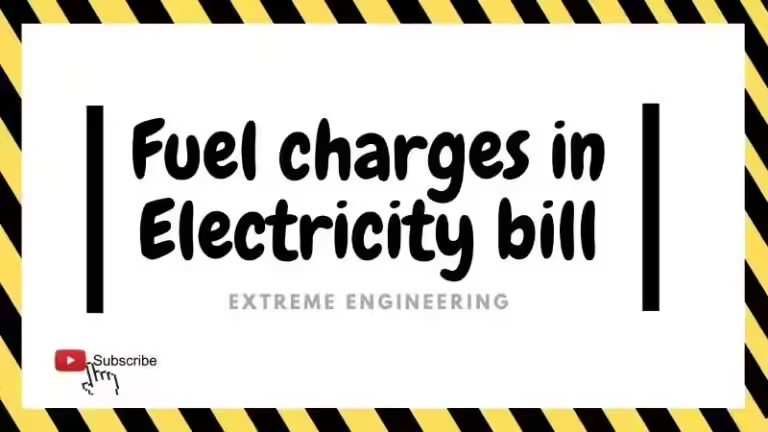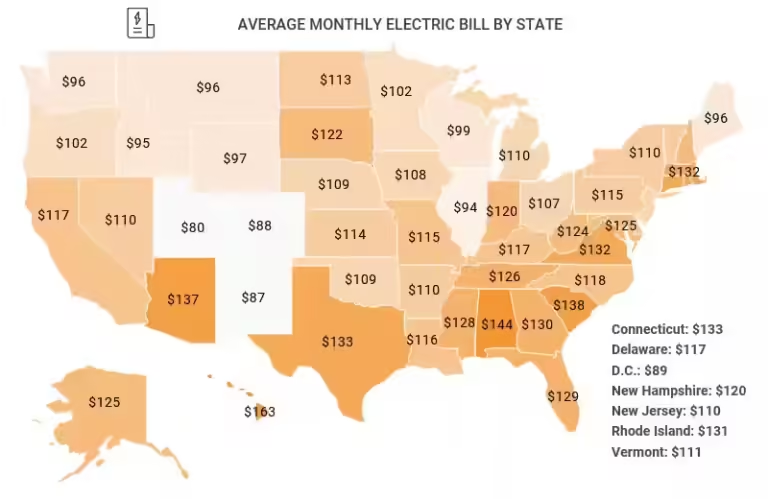Unveiling the Cost of Power: How Much Does FPL Charge Per Kilowatt Hour?
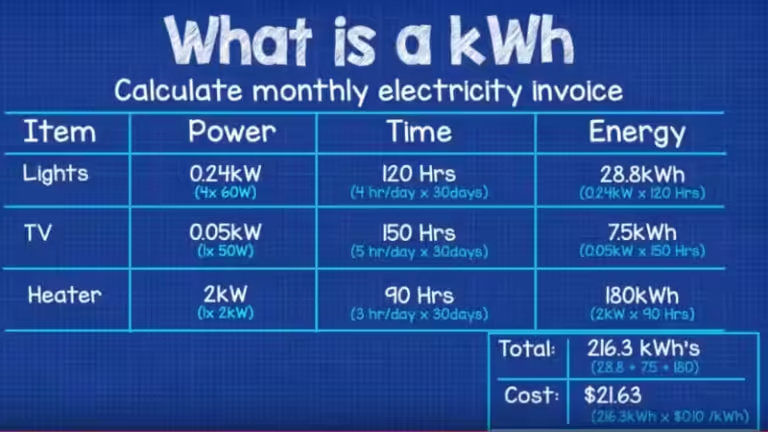
In today's world, understanding the complexities of energy bills can feel like navigating a labyrinth. But fear not! We're here to shed light on the pricing structure of Florida Power & Light (FPL), making it easier for you to decipher your monthly statement.
FPL’s Commitment to Affordability
FPL is dedicated to providing reliable and affordable electricity to its customers. This commitment is evident in recent rate decreases implemented in both April and May of 2024. These adjustments have directly translated into significant savings for FPL customers. For instance, the average residential customer using 1,000 kilowatt-hours (kWh) of electricity now sees a reduction of over $14 compared to the beginning of the year.
While the specific factors influencing these rate changes are intricate and require approval from the Florida Public Service Commission (PSC), the recent decreases highlight FPL's dedication to affordability. This commitment is a testament to their ongoing efforts to keep energy costs manageable for their customers.
Understanding Your Bill: Breaking Down the Cost Per Kilowatt Hour
The amount you pay on your FPL bill is directly linked to your energy consumption and the prevailing rates set by the PSC. FPL's rates are structured in a way that reflects the cost of generating and delivering electricity. This means that the cost per kilowatt hour (kWh) can vary based on different factors.
Here's a breakdown of the key components that influence the cost per kWh:
1. Fuel Costs
Fuel costs play a significant role in determining the price of electricity. FPL primarily utilizes natural gas to power its generating plants. Fluctuations in natural gas prices can directly impact the cost per kWh. As fuel costs rise, so does the price of electricity.
2. Operations and Maintenance
The cost of operating and maintaining FPL's vast network of power plants and transmission lines contributes to the overall cost of electricity. This includes expenses related to staffing, repairs, and upkeep of infrastructure.
3. Regulatory Costs
FPL is subject to various regulations and compliance requirements imposed by the PSC. These regulations aim to ensure the safety and reliability of the energy grid, and their associated costs are passed on to customers in the form of regulatory fees.
4. Transmission and Distribution
The process of transporting electricity from power plants to your home involves a complex network of transmission lines and distribution systems. The cost of maintaining and operating this infrastructure is incorporated into the cost per kWh.
Staying Informed: Keeping Track of Rate Changes
FPL regularly updates its rates based on changing factors, including fuel costs, regulatory requirements, and energy usage patterns. To stay informed about these adjustments, FPL utilizes various communication channels, such as its website and email newsletters. It's crucial to stay abreast of these updates to understand your monthly bill and make informed decisions about your energy consumption.
Maximizing Savings: Tips for Managing Your Energy Costs
By understanding the factors that influence FPL's rates and implementing energy-saving practices, you can effectively manage your electricity costs and benefit from FPL's commitment to affordability. Some key strategies include:
- Energy Audits: FPL offers free energy audits to help you identify areas where you can reduce your energy consumption.
- Smart Thermostats: Installing a smart thermostat can automatically adjust your home's temperature based on your schedule and preferences, potentially leading to significant energy savings.
- Energy-Efficient Appliances: Replacing older appliances with energy-efficient models can reduce your overall electricity consumption.
- LED Lighting: Switching to LED light bulbs is a simple yet effective way to save energy and reduce your electricity bill.
- Weatherization: Sealing air leaks in your home can improve insulation and reduce energy loss, leading to lower heating and cooling costs.
By embracing these strategies and staying informed about FPL's rates, you can effectively manage your electricity costs and take advantage of FPL's dedication to providing affordable and reliable power. Remember, understanding your energy bill is the first step towards making informed decisions and ensuring a brighter future for your wallet and the environment.
Frequently Asked Questions About FPL Rates
How much does FPL charge per kilowatt hour?
FPL's rates are subject to change, and the specific cost per kilowatt-hour (kWh) varies depending on your energy usage and other factors. For an average residential customer using 1,000 kWh, the cost is currently over $14 less than it was at the beginning of 2024. To find the exact rate for your specific usage, please visit FPL's website or contact their customer service.

